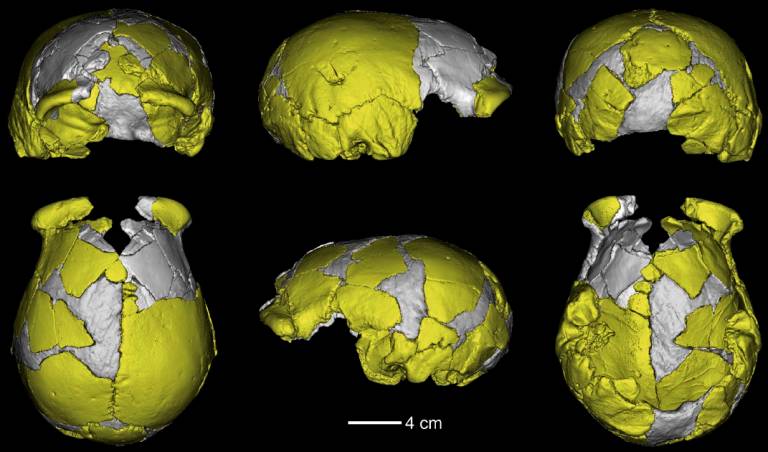The 100,000 year old Xuchang Crania beg more questions than answers
3 March 2017
Excavations in eastern Asia are yielding information on human evolution and migration.
 Li et al. analyzed two fossil human skulls from central China, dated to 100,000 to 130,000 years ago. The crania elucidate the pattern of human morphological evolution in eastern Eurasia. Some features are ancestral and similar to those of earlier eastern Eurasian humans, some are derived and shared with contemporaneous or later humans elsewhere, and some are closer to those of Neandertals. The analysis illuminates shared long-term trends in human adaptive biology and suggests the existence of interconnections between populations across Eurasia during the later Pleistocene.
Li et al. analyzed two fossil human skulls from central China, dated to 100,000 to 130,000 years ago. The crania elucidate the pattern of human morphological evolution in eastern Eurasia. Some features are ancestral and similar to those of earlier eastern Eurasian humans, some are derived and shared with contemporaneous or later humans elsewhere, and some are closer to those of Neandertals. The analysis illuminates shared long-term trends in human adaptive biology and suggests the existence of interconnections between populations across Eurasia during the later Pleistocene.
Late Pleistocene archaic human crania from Xuchang, China
Zhan-Yang Li, Xiu-Jie Wu, Li-Ping Zhou, Wu Liu, Xing Gao, Xiao-Mei Nian, Erik Trinkaus
 Close
Close

